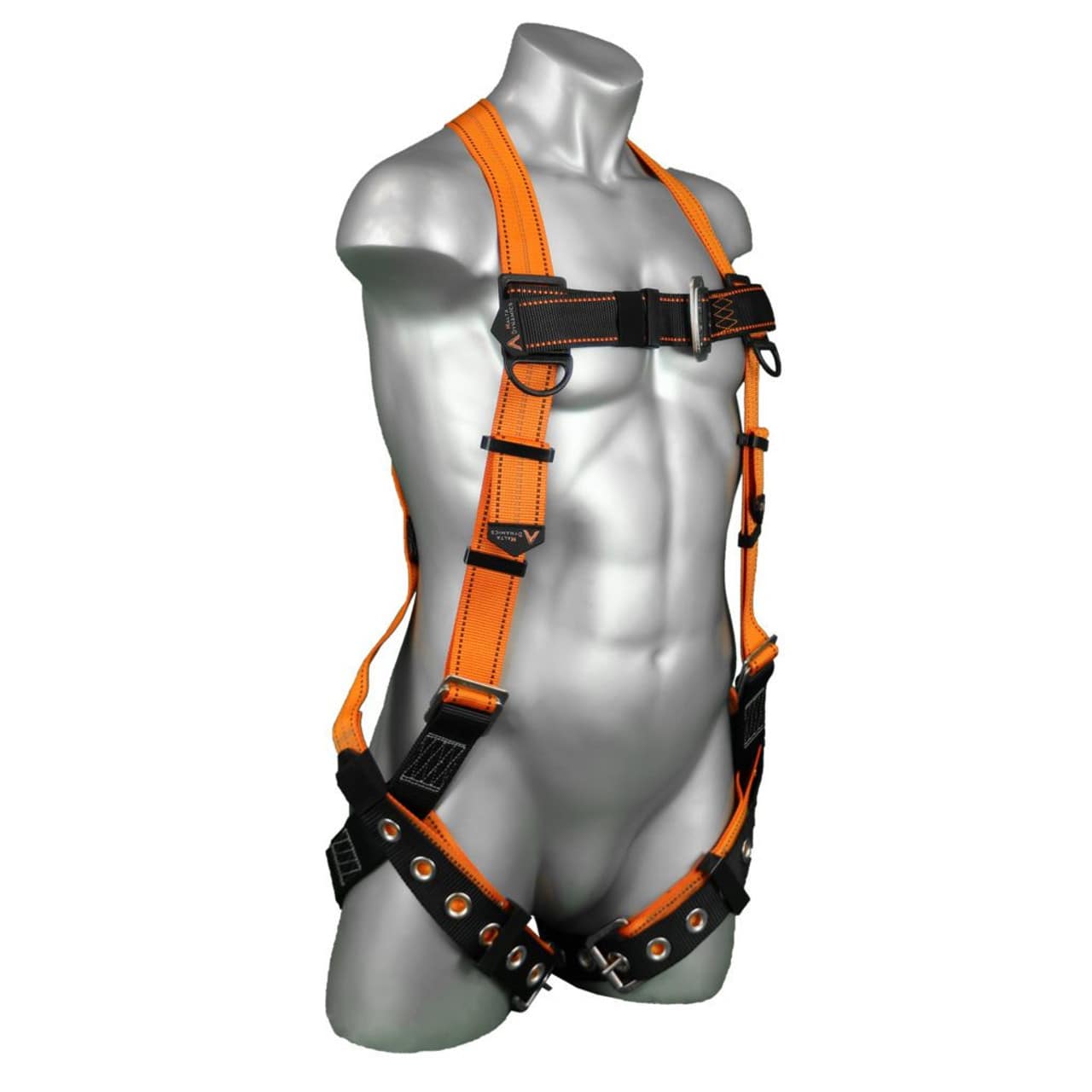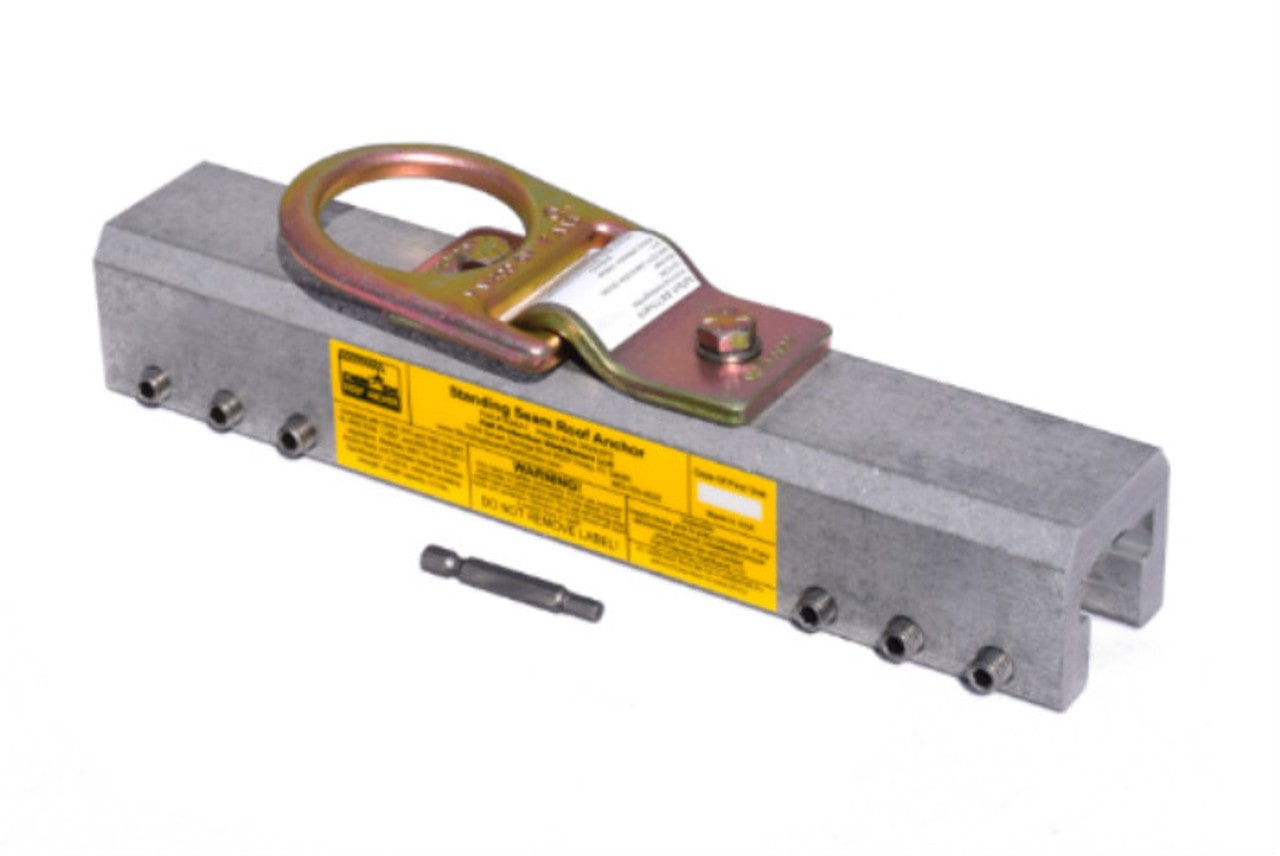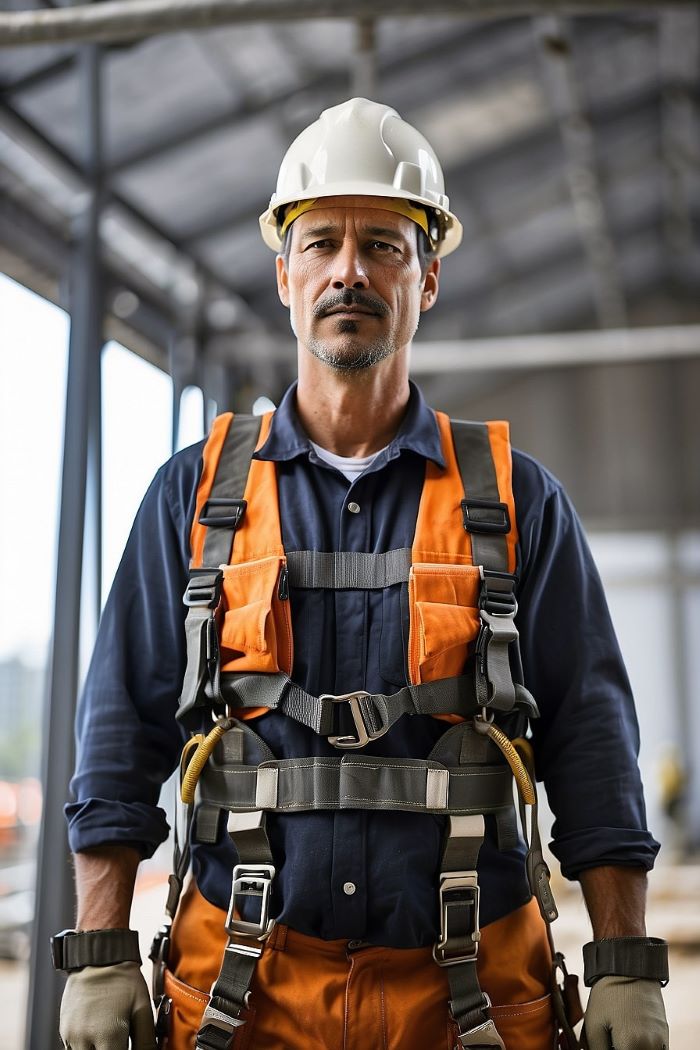How Do I Use A Roof Safety Harness?
Posted by Howie Scarboro - CEO Fall Protection Distributors, LLC on Jan 24th 2024
Why Do We Even Need Fall Protection Harnesses?
Using a safety harness is crucial when working on roofs as a roofer. The elevated position comes with a reality; falls are the cause of injuries and fatalities, in the roofing industry. According to the Occupational Safety and Health Administration (OSHA) falls from heights account for 37.3% of all construction worker fatalities with roofers being affected by these incidents. The National Institute for Occupational Safety and Health (NIOSH) further highlights that one third of all falls from heights in construction occur from roofs.
Although these statistics paint a picture it is possible to avoid scenarios. Fall protection harnesses act as your lifeline, both literally and metaphorically reducing the chances of injuries or fatalities by arresting falls and distributing impact forces.
Working at heights poses additional risks including the immediate danger of falling. OSHA identifies hazards associated with roof work;
Slipping, tripping, and falling; Uneven surfaces, wet conditions and loose debris can contribute to slips and trips that may eventually lead to falls.
Falling objects; Tools, materials or other items can accidentally fall from the roof endangering workers below.
Electrocution; Power lines and electrical equipment can be extremely dangerous. Cause electric shocks.
Weather conditions; Extreme heat, strong winds and heavy rain can all create hazardous situations while working.
By implementing safety precautions including using fall protection harnesses you can effectively reduce these risks and ensure a safer work environment, for both you and your team.
Equipping Yourself for Safety; Choosing the Right Harness
Fall protection harnesses are available in types each designed for work scenarios. Here's a breakdown of the two categories;
Full body harnesses; These harnesses provide protection and are necessary for most situations involving fall arrest. They have straps that secure your legs, chest, and shoulders to evenly distribute the impact of a fall, across your body.
The Malta Dynamics Warthog B2002 is a popular full body harness for fall protection.

Travel restraint harnesses; These specialized harnesses are meant to prevent you from reaching the edge of a roof or falling. Typically equipped with a waist belt and leg straps, they are specifically used in scenarios where fall arrest is not feasible.
When selecting a fall protection harness, there are three factors to consider;
1. The nature of your work; If you'll be working on a roof or near the edge, it's crucial to have a full body harness.
2. Your weight; Ensure that the harness is designed to support your weight capacity.
3. Comfort; Since you'll be wearing the harness for long periods of time, it's important to choose one that offers comfort and allows freedom of movement.
A free harness inspection form is available from OSHA.
Proper inspection and usage of your harness are vital for its effectiveness. Keep these three basic points in mind;
1. Inspect your harness before each use; Check for any signs of damage like torn straps, loose buckles or worn-out D rings. If any damage is found, immediately remove it from service and replace it.
2. Follow the manufacturer’s instructions; Each model may have guidelines for usage and maintenance. Familiarize yourself with these instructions. Adhere to them for safety.
3. Connect your harness to an anchor point; The anchor point should be capable of withstanding least 5,000 pounds of force. Common options include roof trusses, installed anchor points, or lifelines.
There are many styles of roof anchors, however standing seam roofs required a very specialized anchorage that utilizes non-penetrating set screws to lock onto the seams. A great example of this is the Standing Seam Roof Anchor SSRA1 that uses 6 pairs of opposing set screws for a strong and reliable attachment to the seam.

Remembering these guidelines will ensure that your fall protection harness functions effectively while keeping you safe during work activities.
Roofers encounter hazards while working and falls are the cause of injuries and fatalities. To mitigate these risks, it is crucial to prioritize safety by using a fall protection harness. Here are some essential tips to remember;
1. Keep the lanyard/lifeline taut at all times to minimize the distance of a fall.
2. Adjust your anchor point as you move around the roof, avoiding slack in the lanyard/lifeline that could increase both the fall distance and the risk of injury.
3. Always wear footwear with traction to ensure stability.
4. Stay aware of your surroundings. Avoid distractions while working.
5. Familiarize yourself with fall arrest techniques in case of an accident.
6. Provide training on fall protection procedures for your employees.
7. Arrange for a professional to inspect your fall protection harnesses at least once a year.

By prioritizing safety measures and incorporating fall protection harnesses into your roofing practices, you can substantially reduce the likelihood of falls. Contribute to a safer work environment for both you and your team. Remember that each life saved is an achievement and utilizing fall protection equipment is a step towards reaching that goal.
In Conclusion
This comprehensive guide provides all the information on utilizing a safety harness for roofing purposes. It covers the major aspects, including selecting the suitable harness, conducting thorough inspections, and ensuring proper usage.
Topics covered in this guide include;
The importance of fall protection and its relevance to roofers.
Complying with OSHA regulations and adhering to ANSI standards.
Understanding the significance of fall arrest systems and their role in construction safety.
Tips for preventing falls from rooftops. Promoting worker safety.
The essential role of equipment (PPE) in safeguarding workers during roofing tasks.
By following this guide, individuals involved in roofing work can enhance their knowledge on roof safety practices. Prioritize worker well-being and build a culture of safety amongst your workers by making safety a priority on the jobsite.

